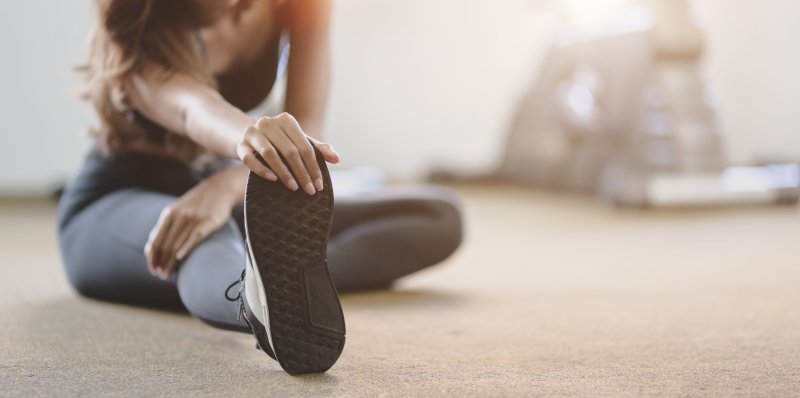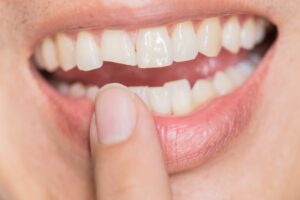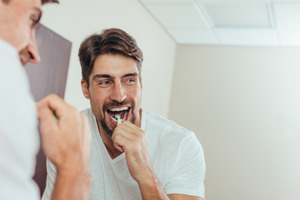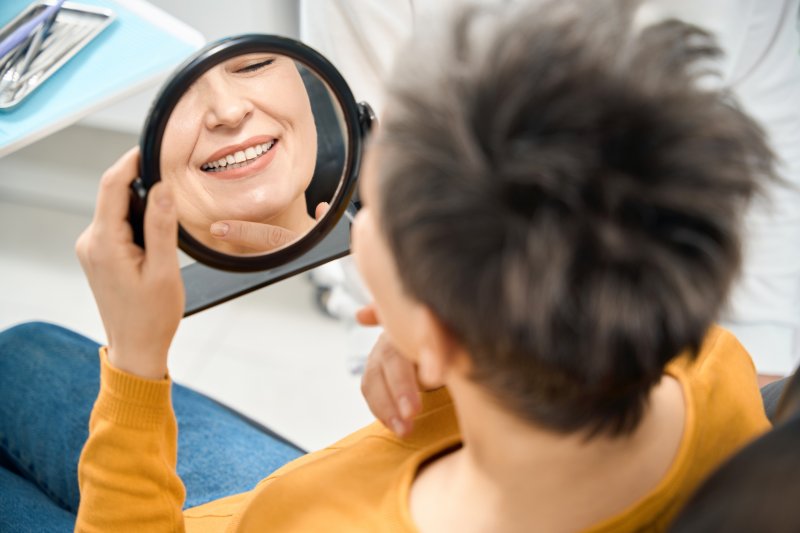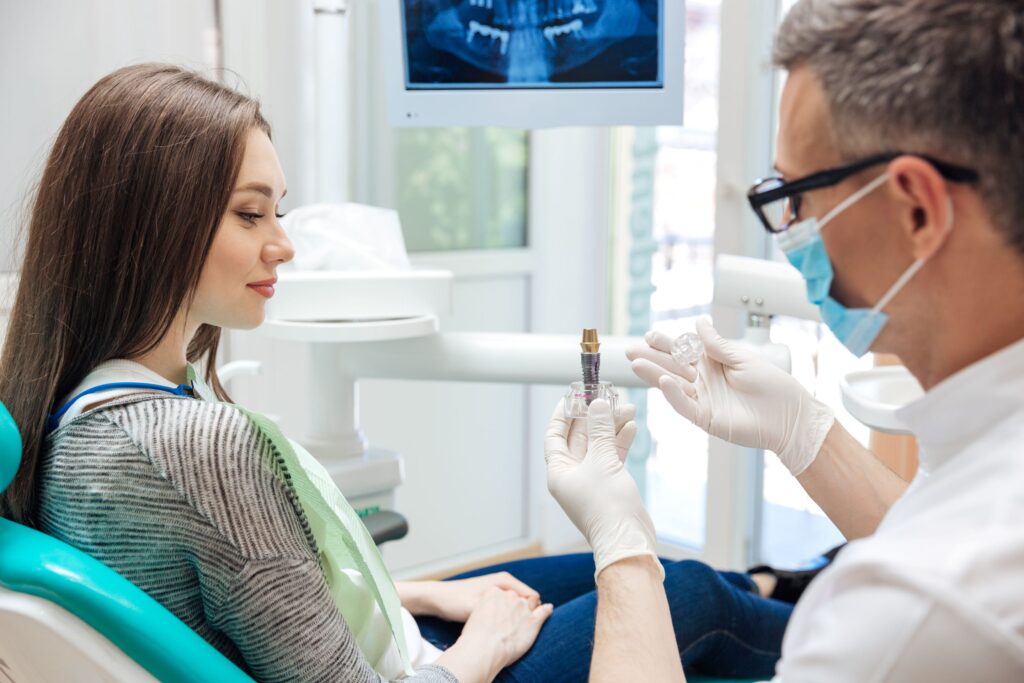
When you think of dental emergencies, you may picture the usual suspects: a throbbing toothache, a cracked dental crown, or even a tooth that’s been knocked loose during a sports game. They can be unpredictable but sometimes unbelievable! Here are some stories from other dentists about their weirdest dental emergencies.
(more…)
